
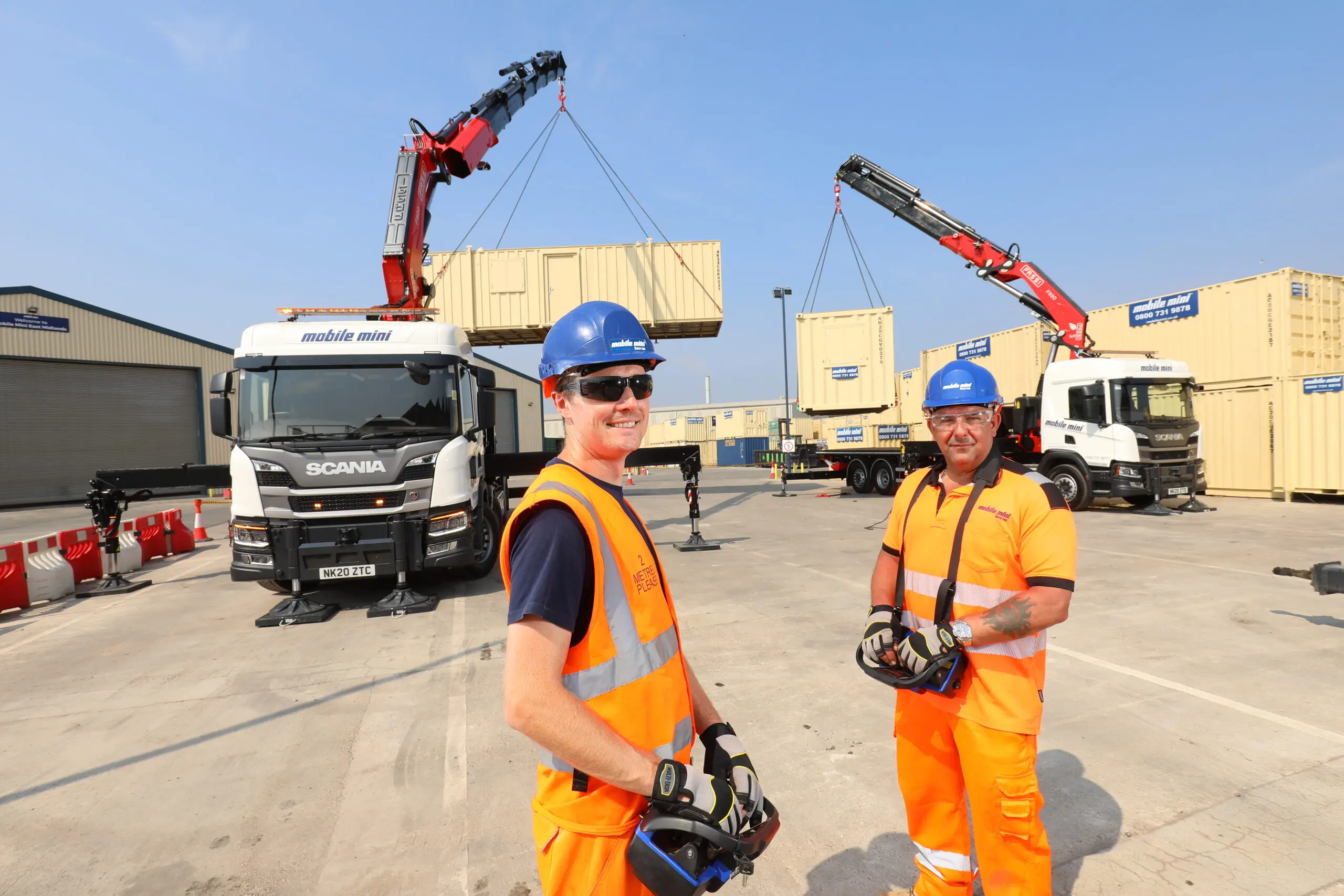
Mobile mini
Returning every employee home safe is at the heart of Mobile Mini’s ethos. Follow their journey to a safer workplace.
Forward-thinking leaders in one of America’s largest roofing companies needed a better way to efficiently manage teams working on dangerous projects across the United States. The solution changed corporate culture from the bottom up.
650+ Field technicians on roofs across USA
One inspection per worker per day
90 years in construction
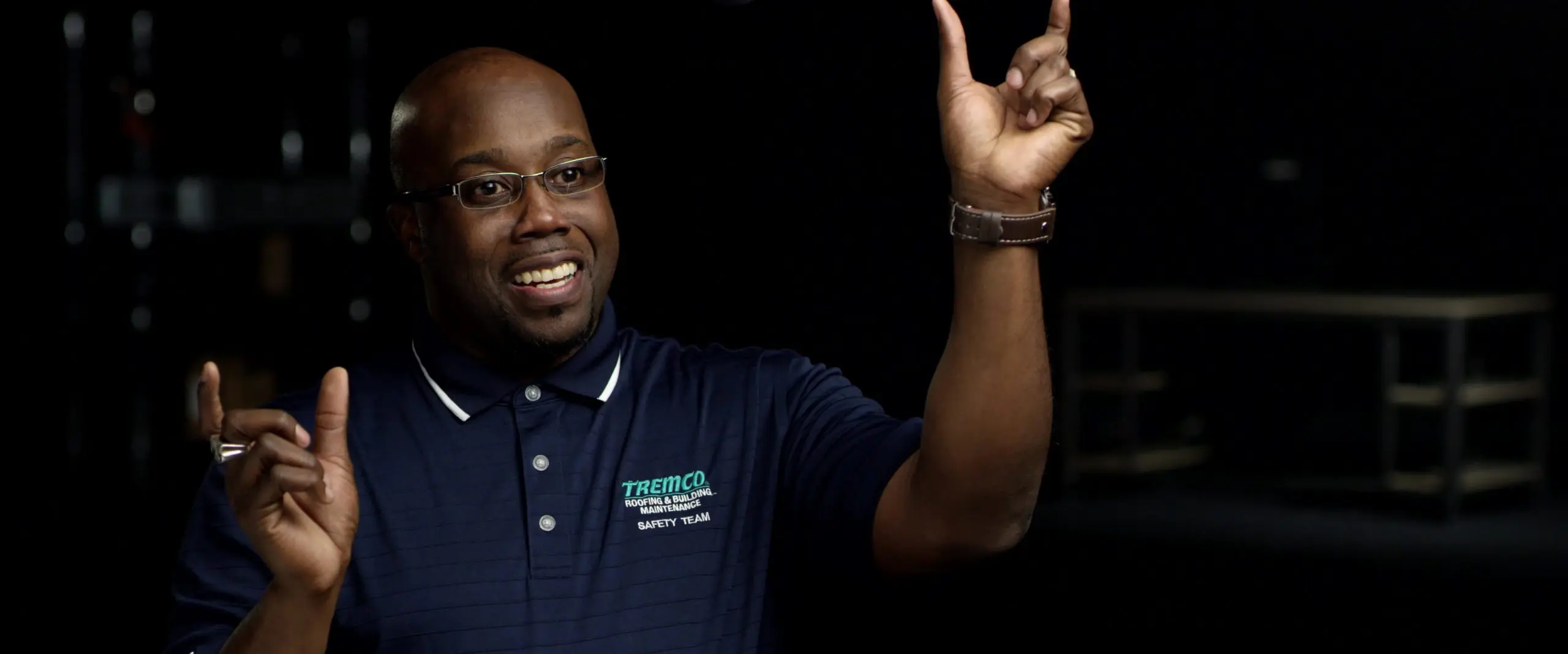
Tremco knows the roofing and construction game well. Having been a part of the industry for over 90 years, they knew the ‘old construction culture’ needed to evolve to keep people safer. They understood the need for every one of their 650+ workers on rooftops across North America to own and shape Tremco’s culture of safety. Leadership created a cultural shift that revolutionized how they did business.
Quite simply, every worker on every roof, does one inspection, every day. This one inspection, their Daily Task Analysis (D.T.A), is the expression of Tremco management’s commitment to their workers and culture. By asking this of their employees, they are saying ‘you are the owners of safety and quality in this company. Every single day, when every one of you speaks, we’re listening, and we’re getting better together.’
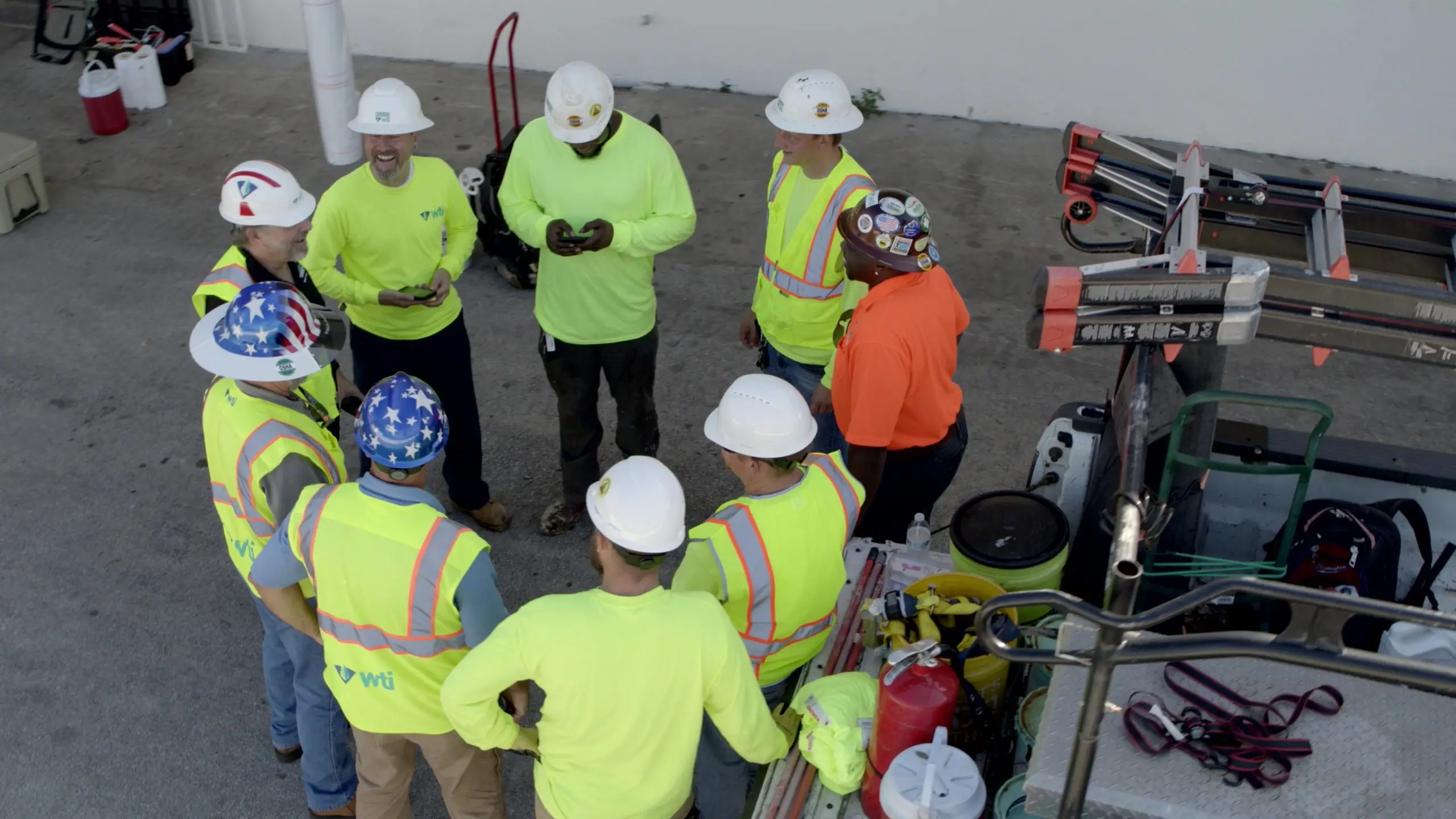
“It was just an old construction culture, I don’t think it was different to anybody else’s” recalls Mardee Billingsly, Vice President Tremco WTI Global Operations.
A Tremco team member for over 20 years, Mardee has seen the consequences of unnecessary risk-taking. She faced a big task: how could she get every worker on every roof to uphold the company’s high standards? At the same time, how could she increase visibility into the realities faced by workers on the front lines?
They tested many inspection systems over the years, with little success. Pen and paper, excel spreadsheets and even Blackberry devices fell short of the large goals ahead of them. They struggled to get the buy-in and couldn’t capture data that gave them visibility.
Finally, Ro Lewis, Director of Health and Safety, and his small team of dedicated professionals found the solution they’d been searching for. “I was frankly tired of the antiquated way we captured information, that we absolutely needed, to become better,” said Ro.
“In the past, we were pencil whipping the guys, looking for the mistakes,” says Joseph Lee, a veteran of the industry and manager of US Gulf states.
Tremco had been working for many years to embody the culture they knew they needed, but with mixed results. Ro Lewis knew he needed buy-in from people on the front-line and that the system also needed to work from the bottom-up. His solution? He went looking for a tool that was so easy people would actually enjoy using it. That’s when he found SafetyCulture (formerly iAuditor).
“This was the best tool… that gave us the ability to do it our way,” said Ro. “We had the ability to take that tailored form, disseminate it across the full breadth of thousands of people, and have them personalize it to their particular job…once we started preaching that message to them that this is an empowerment tool, it just caught like wildfire.”
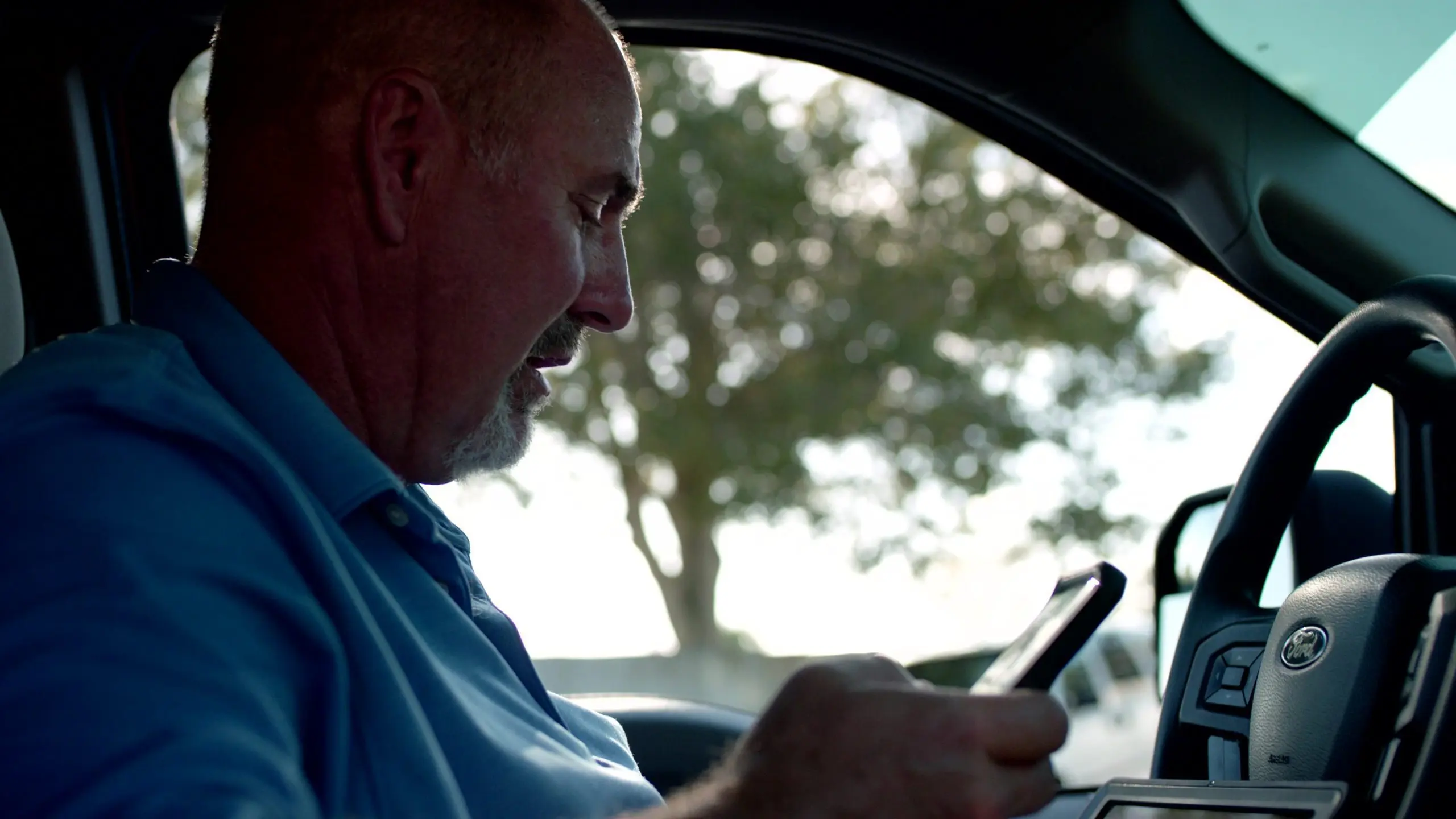
“One of the biggest things I learned when we instituted this program was how aware our guys were, but how afraid they were to say anything”
Encouraging all workers to take ownership on-the-job was one piece of the puzzle, but harnessing the observations and intelligence of all their field workers was another.
“One of the biggest things I learned when we instituted this program was how aware our guys were, but how afraid they were to say anything,” said Joseph Lee.
For someone like Mardee as Vice President, that awareness is crucial in helping her make decisions, “Our new method… through SafetyCulture has been able to provide extreme visibility. The SafetyCulture platform helps us confine the data so we can identify the best approaches. You can pull that data and say ‘Ok, we have an issue we’ve identified. How do we help them?’ ”
“We are now able to attribute volume of quality inspections with a decrease in incidents and injuries… and we all win,” says Ro of the insights he and his team pull from data collected in SafetyCulture.
Tremco uses SafetyCulture for many Inspections, but it’s the D.T.A., that stands out as the real cultural change agent. This straightforward, and very brief inspection prompts everyone to answer the same questions, at the right time. The answers to these questions provide real-time visibility across the entire organization.
“If you’re on a roof, you’re doing a D.T.A.” explains Ron Tyson, Field Resource Foreman. “A D.T.A. is an overview of the hazards you’ve identified. What kind of fall protection do you need? Are the walls high enough? Are there skylights? Are the skylights unprotected?” states Ron offering examples of questions featured in the D.T.A.
As spelled out by Mardee, “They all have to do their D.T.A. on their phones, they all have to walk through the questions and the answers so that they’re all aware.”
Once everyone has completed their inspection, the team huddles for a toolbox talk to discuss hazards and control measures before getting to work. “Some of these things that one guy might have missed, four guys won’t miss it,” explains Joseph Lee.
Tremco is operating more efficiently and effectively than ever before. But the safety of their workers isn’t the only upside they’re experiencing from building a safety culture, “We recognize that if we combine safety, production, and quality that we automatically get to a profitable point of success,” says Ro.
They found a way to live and breathe their commitment to their people, and everyone from the CEO to the workers on the roof knows it. This underlying commitment is perhaps best summed up by Mardee when she says, “We consider ourselves a family, and no one wants our family to get injured.”


Returning every employee home safe is at the heart of Mobile Mini’s ethos. Follow their journey to a safer workplace.

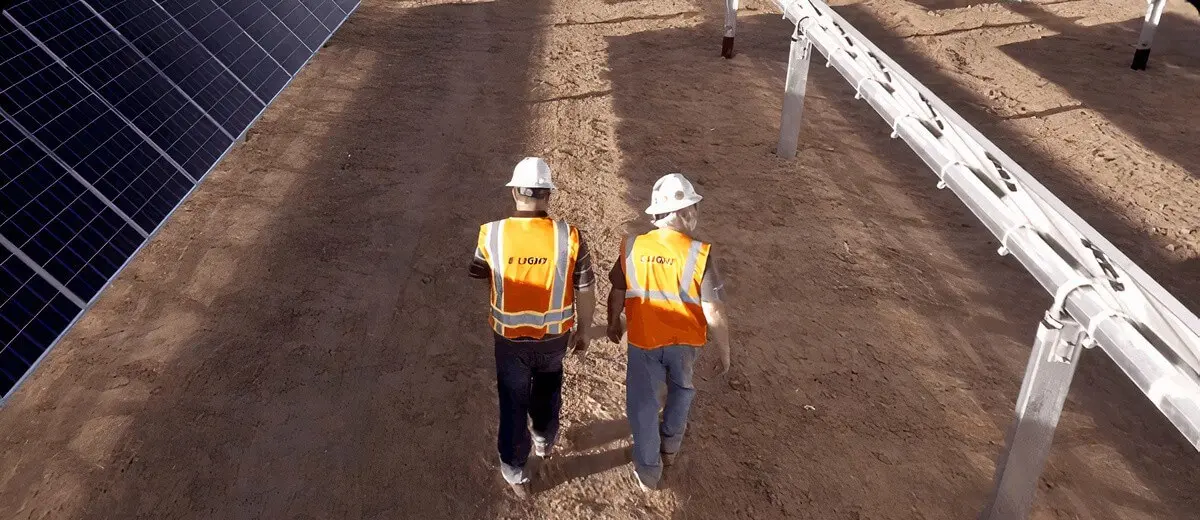
The largest solar panel installation contractor uses SafetyCulture (formerly iAuditor) to train employees and track safety in the field.
Explore more stories, expert guides, and thought leadership from SafetyCulture